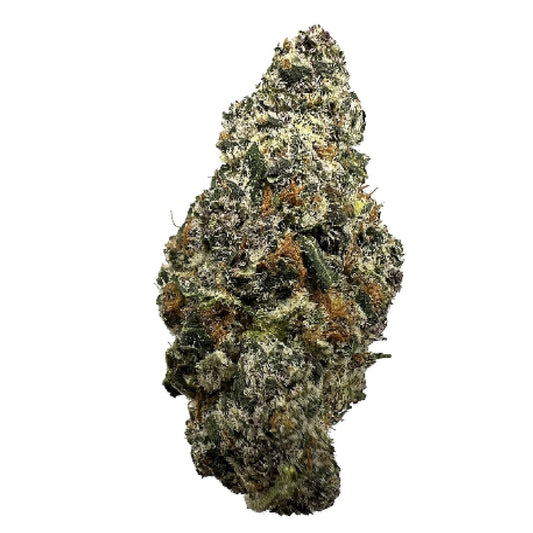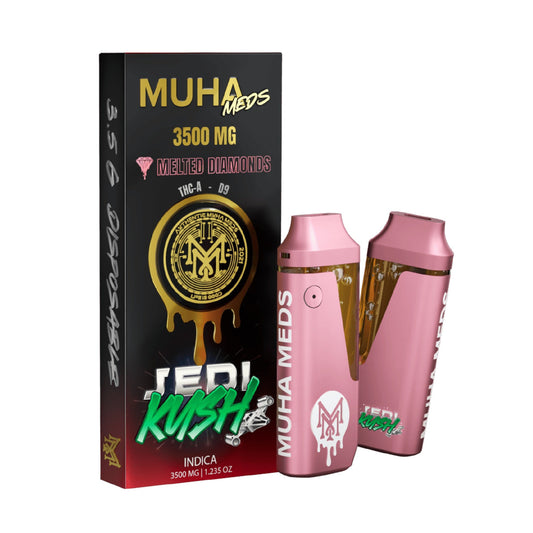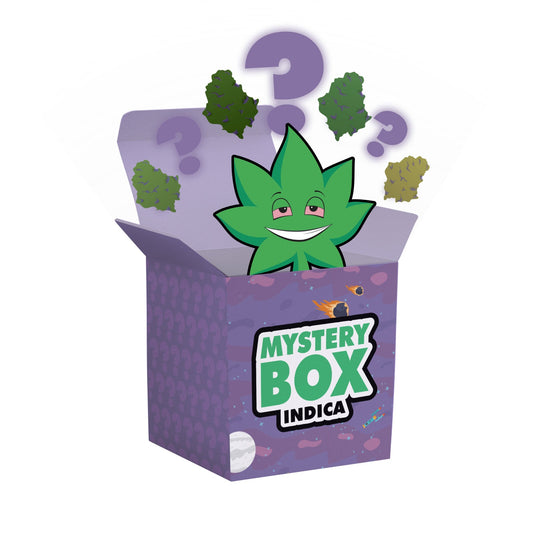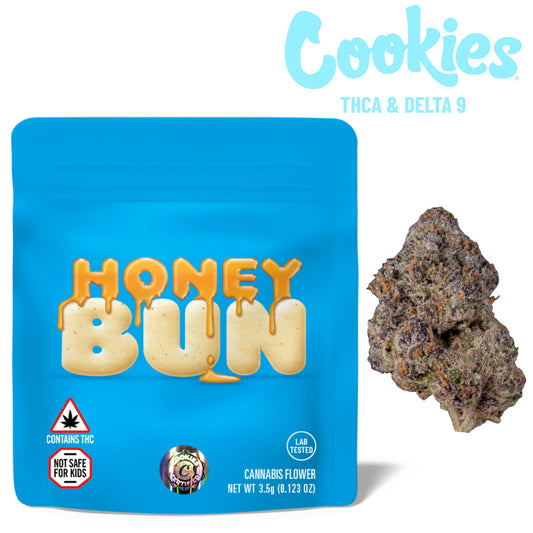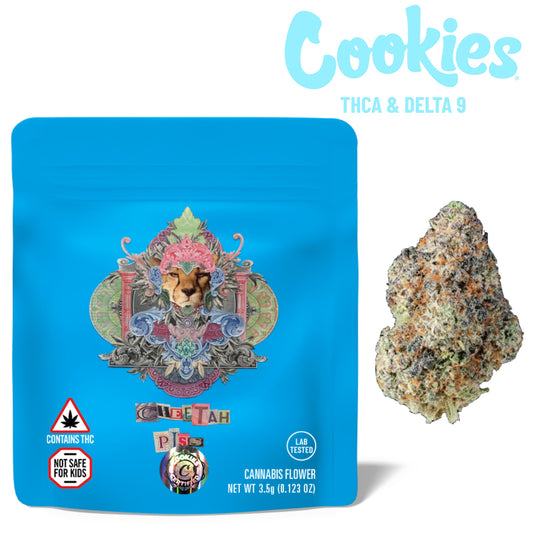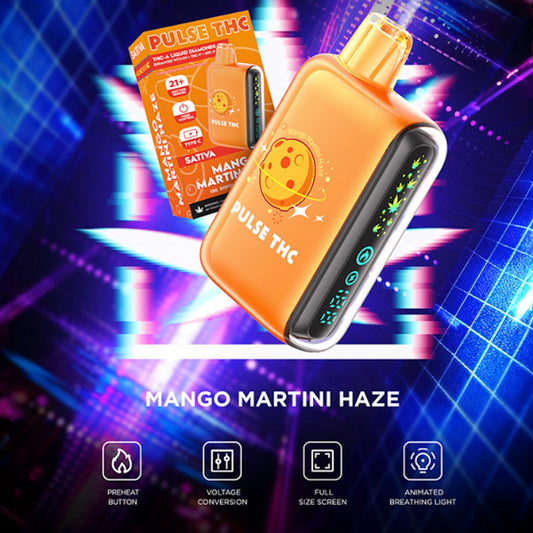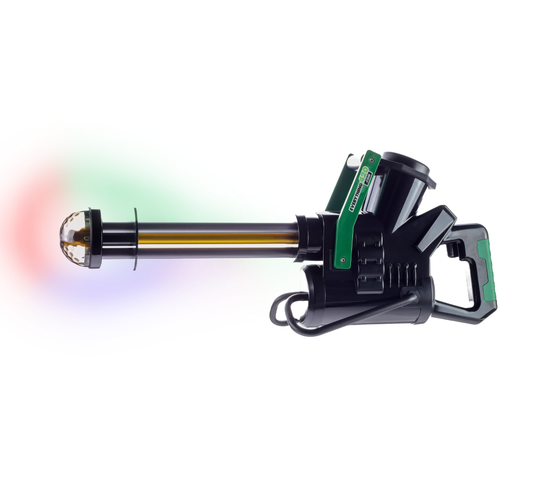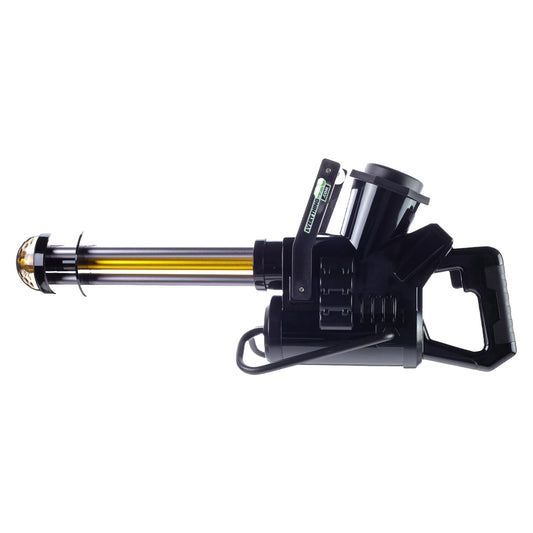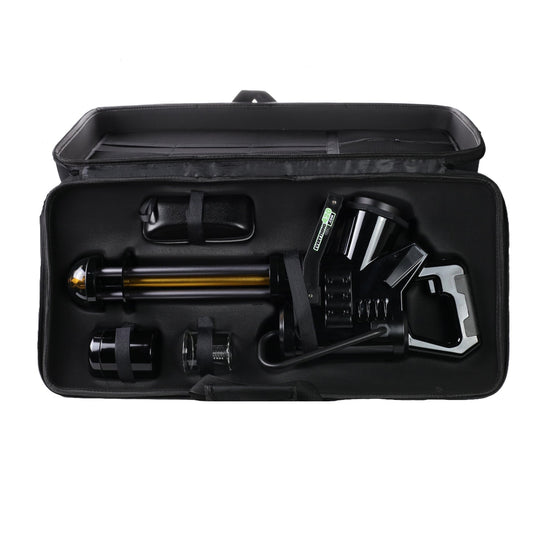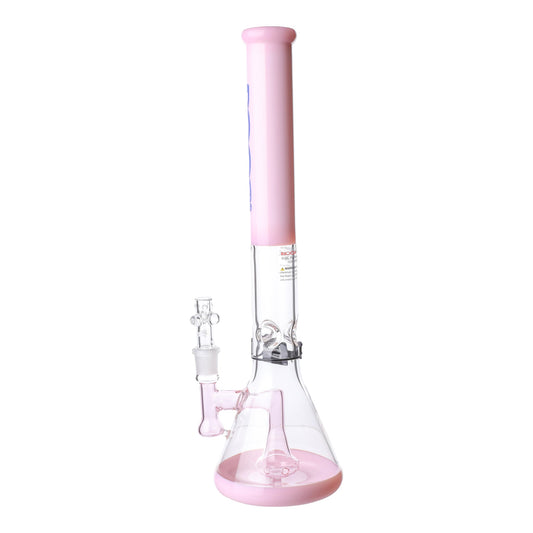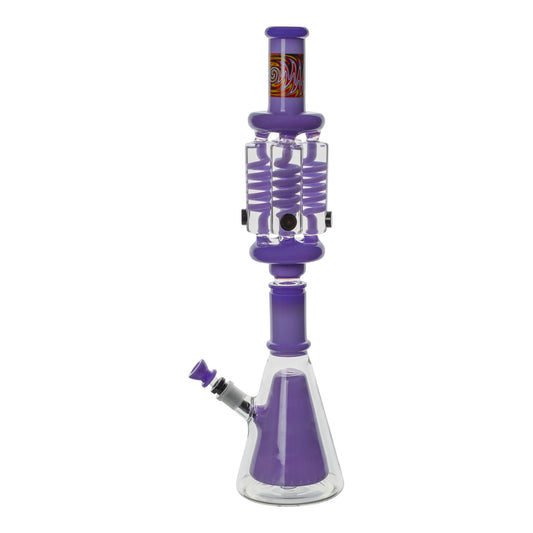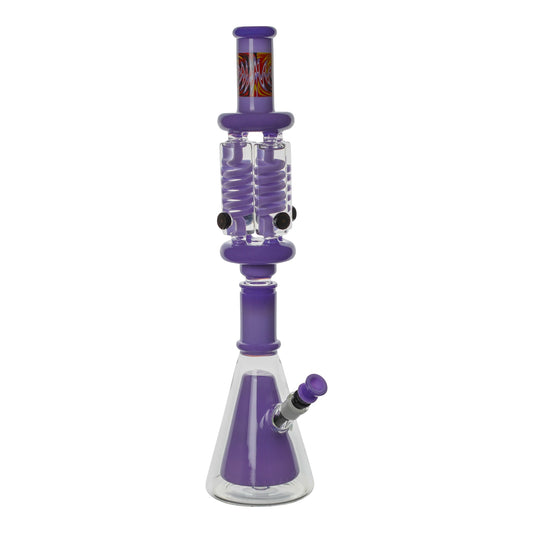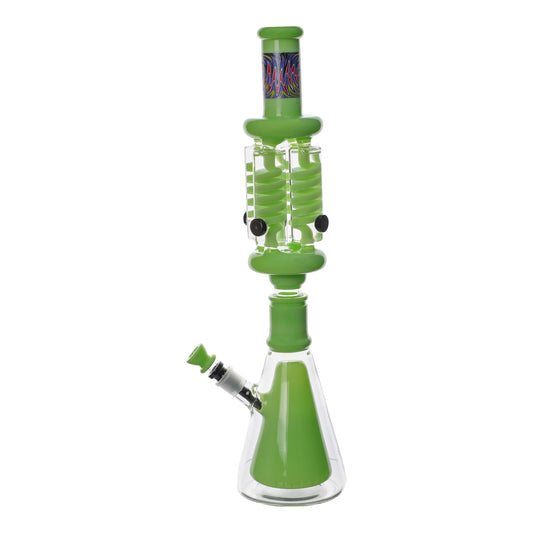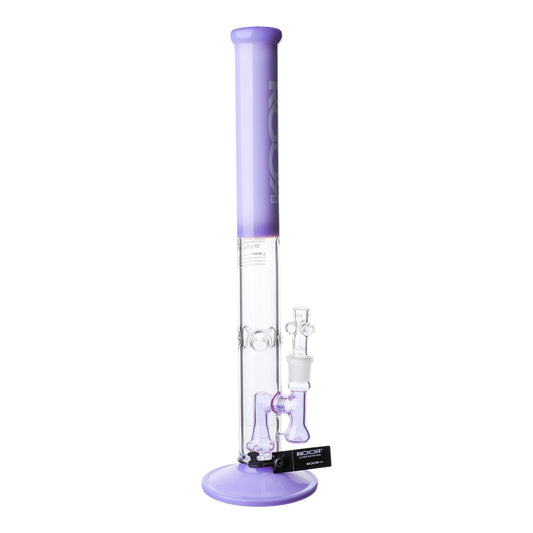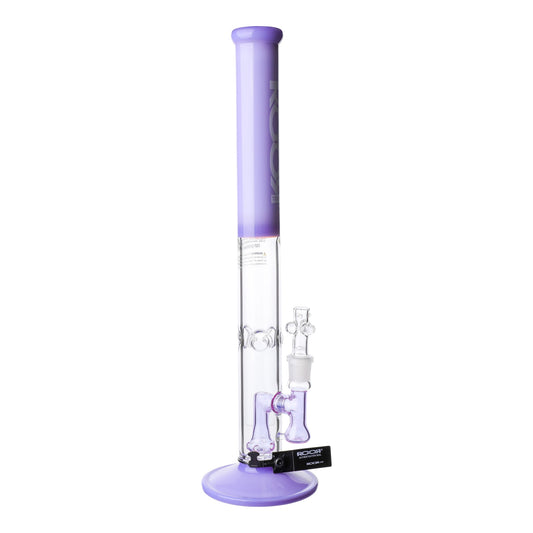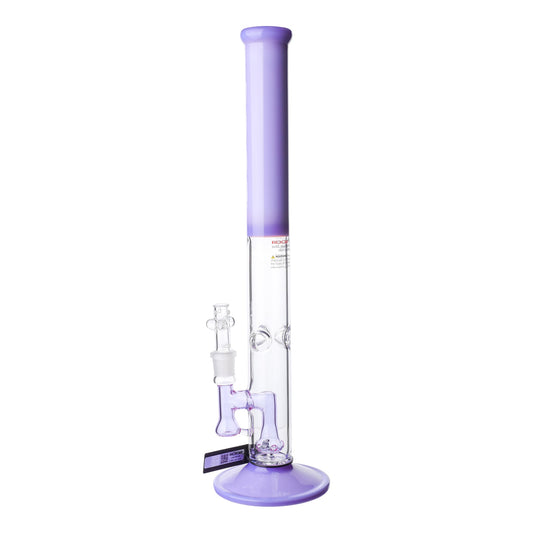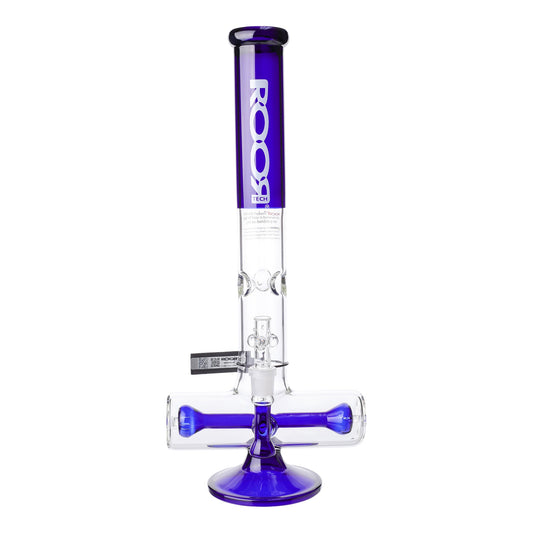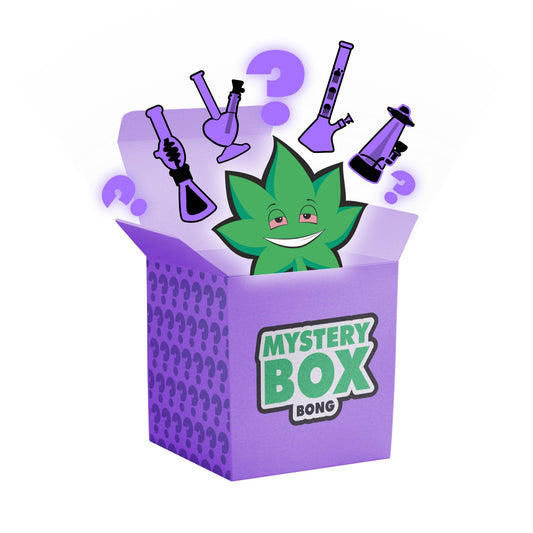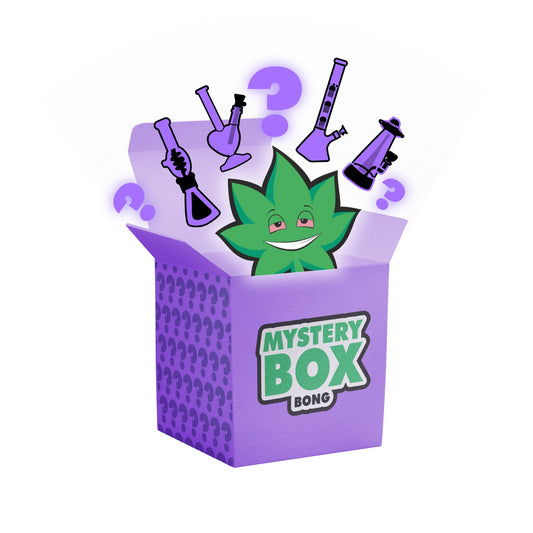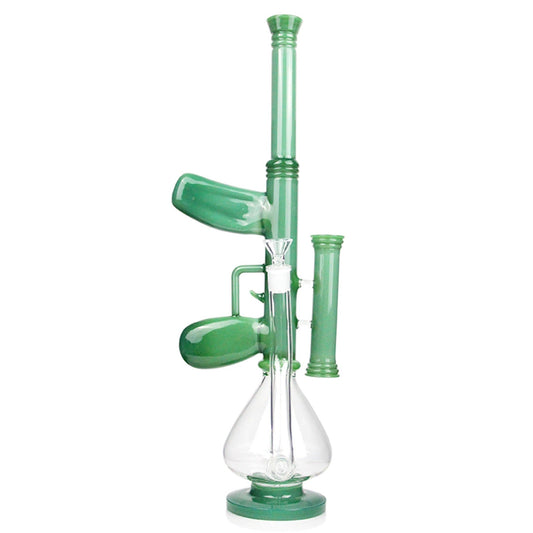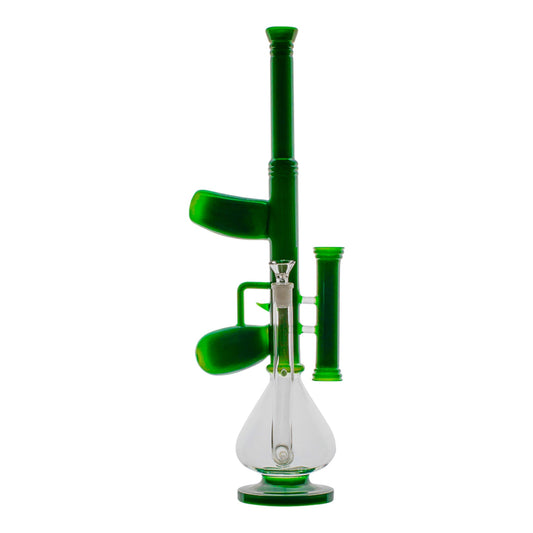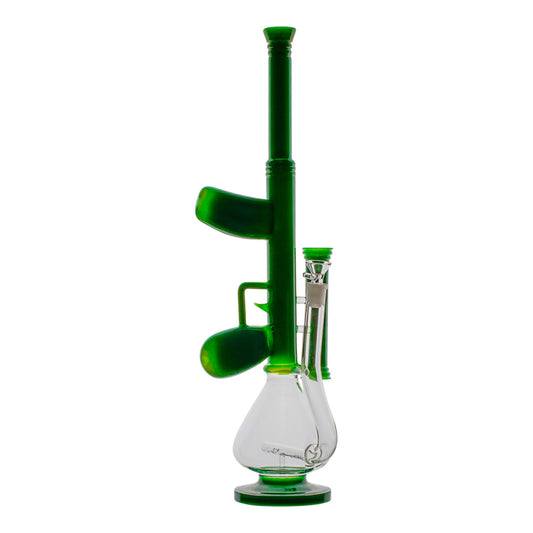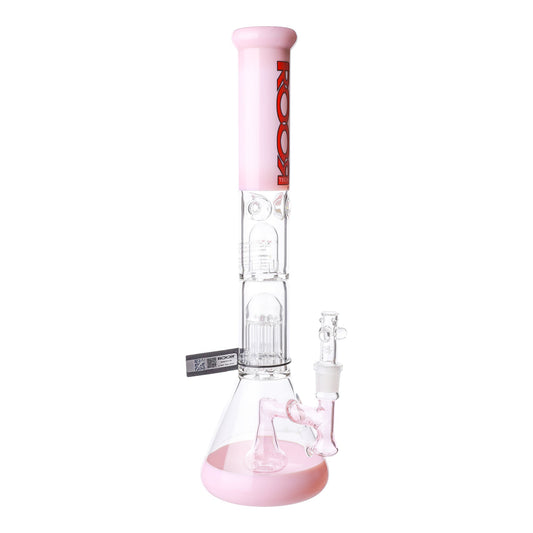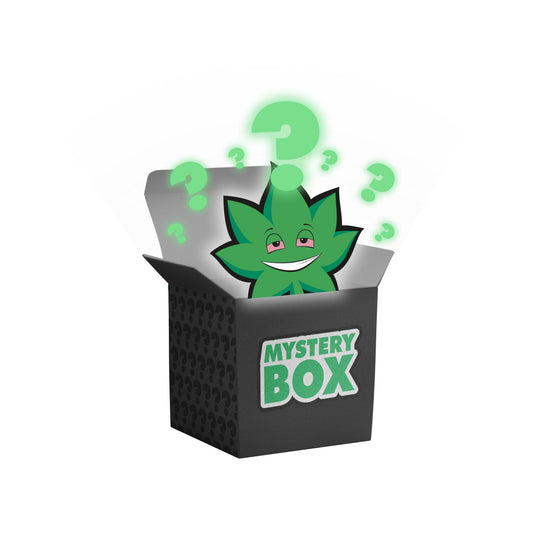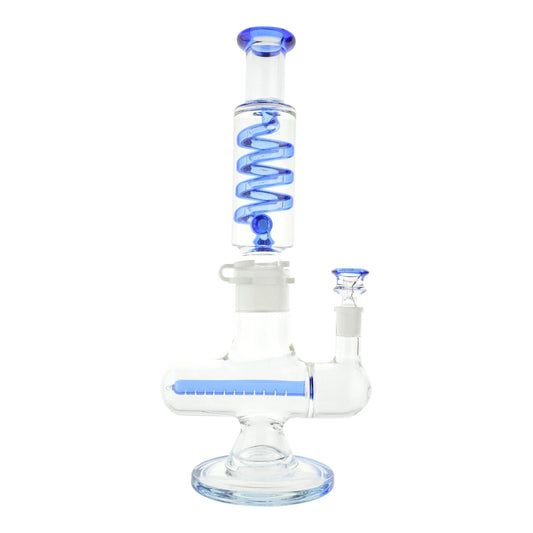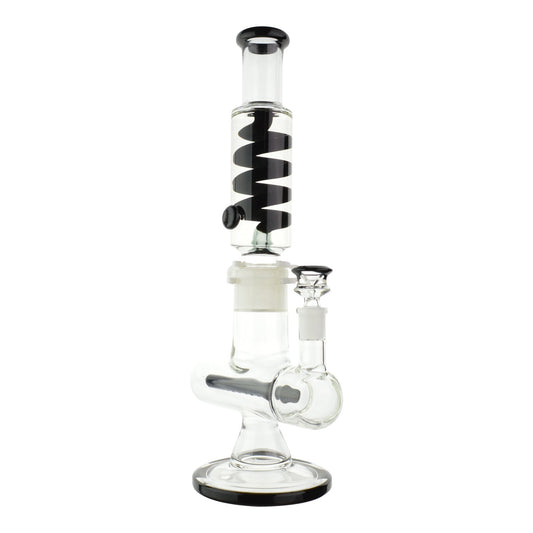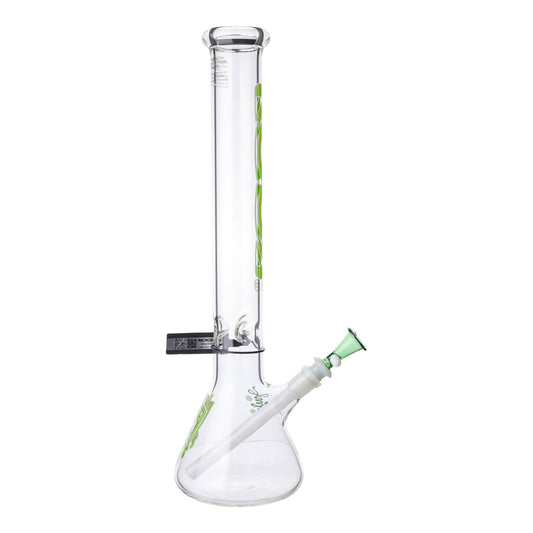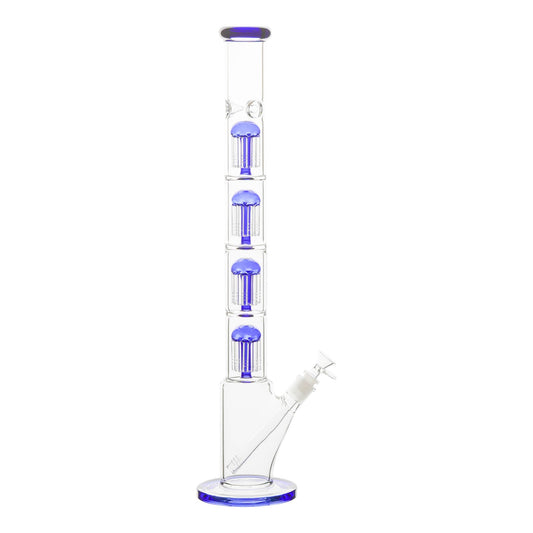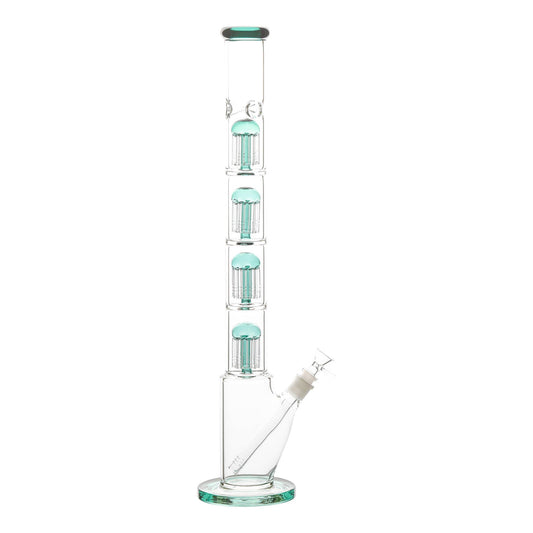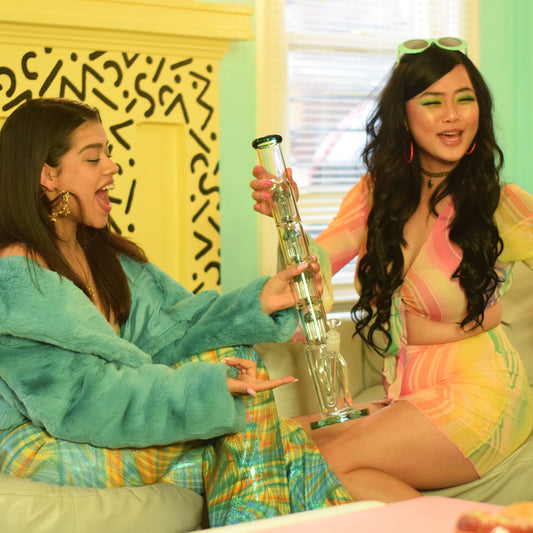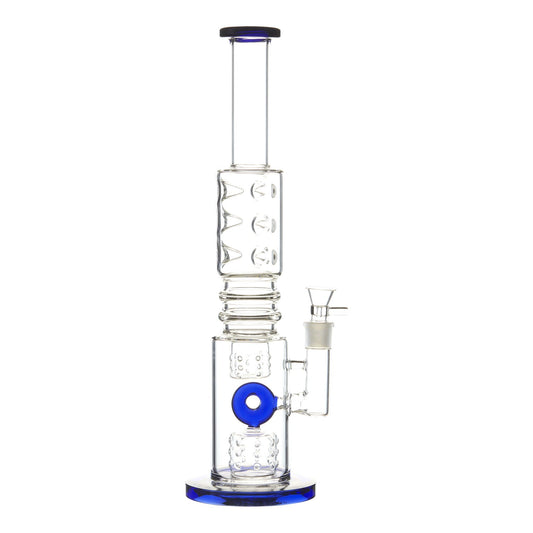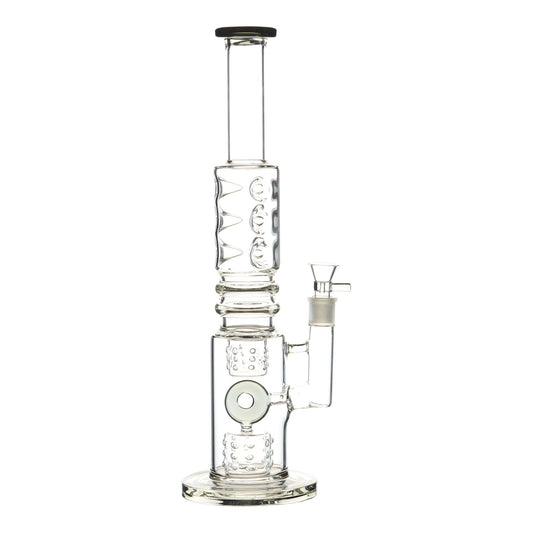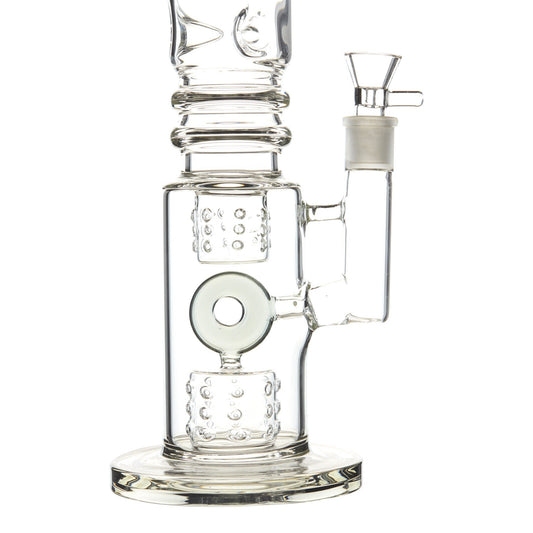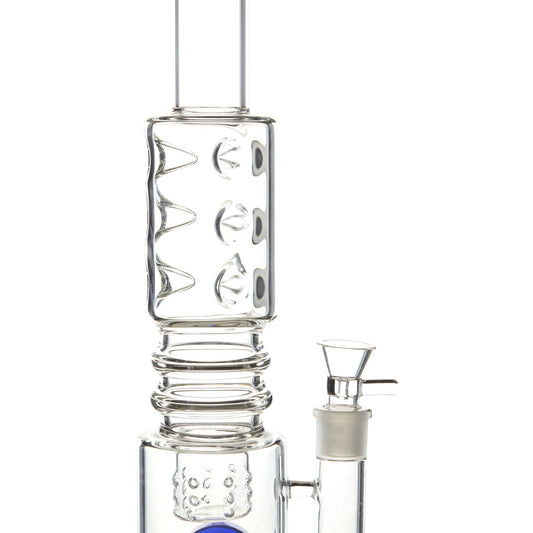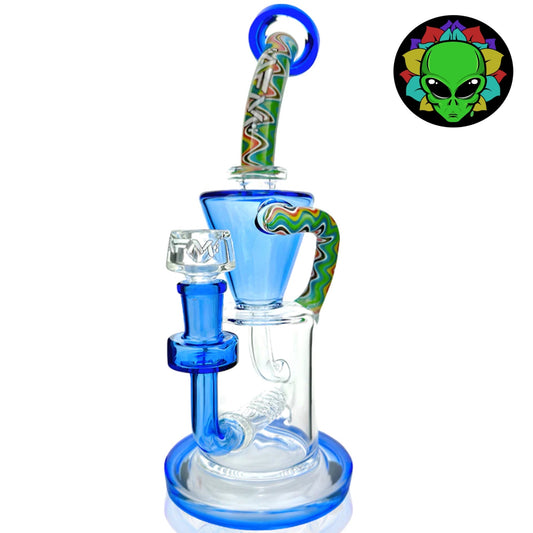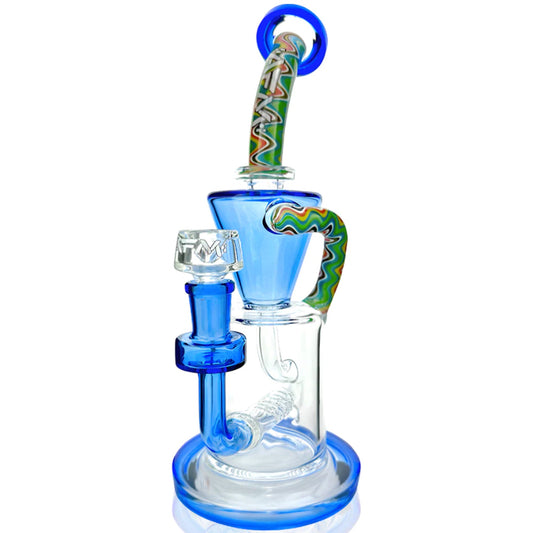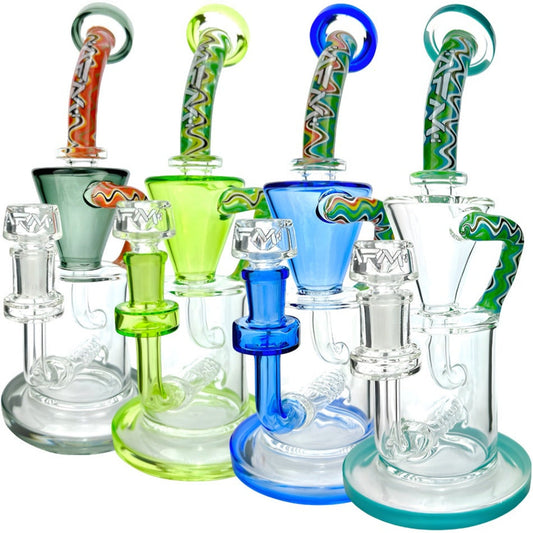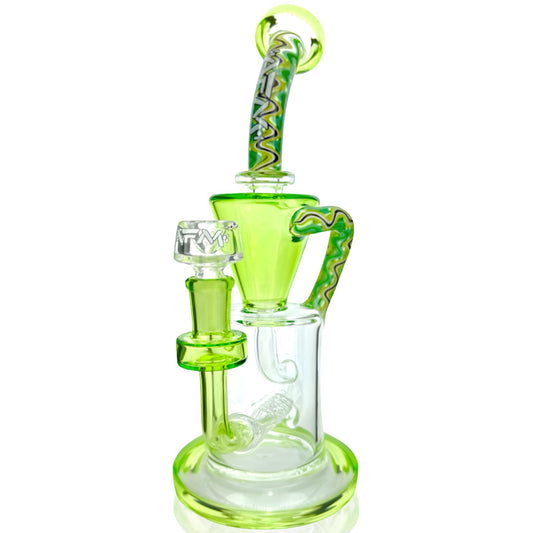You’ve been so excited to germinate your seeds and get started with your home grow, giving each and every plant undivided attention, high-quality nutrients, lots of light, and plentiful water, but despite treating the plants like your favorite child, they don’t look as healthy as they should be. Instead of a flourishing dark green, the leaves are getting dry and turning yellow. We know you only want the best for your prized plants and luckily this isn’t the end of the world. Cannabis leaves yellowing is a very common problem that can be reversed in some cases with swift action. Your babies are not done for just yet and should still be able to produce a bountiful harvest. Let’s discuss why leaves turn yellow, how to prevent it from happening, and a few ways you can reverse the damage and keep those plants thriving.
Why are my plants' leaves yellowing?
There are a few reasons why plant leaves change from a healthy green to light green, to yellow. For all plants, this is a sign that it is under some sort of stress and is not growing to its potential. While not much of a big deal for ornamental or house plants besides looking a little unhealthy, finding a yellow leaf is a major issue when cultivating since a sick plant means poorer quality flower and less of it.
To understand why this happens, you’ll need a quick refresher from elementary school science class. Plants and their leaves are made up of billions of cells that contain chloroplasts, the organelle that’s responsible for conducting photosynthesis. Remember that photosynthesis is how plants create their own food (glucose, aka sugar) from light, water, and carbon dioxide, which they need to grow and survive. These chloroplasts have green pigments called chlorophyll that capture sunlight and when provided with the right amount of water and carbon dioxide, they thrive and turn the plant a beautiful green color. When the plant becomes stressed due to disease, pests, environmental issues, or lack of resources, among other things, the chlorophyll isn’t allowed to do its job properly and begins to degrade. This allows for less dominant carotenoids with yellow and orange pigments below the chlorophyll to be revealed, turning leaves a new color. This loss of chlorophyll and discoloration of leaves is referred to as chlorosis. These carotenoids can’t produce glucose like chlorophyll does, so if you notice many leaves starting to yellow, the issue needs to be treated immediately or you can run the risk of a stunted plant, low yield, or worse, losing the whole plant.
What causes plant leaves to turn yellow?

There are many reasons why you may find your plant leaves turning yellow and it can be quite a struggle, especially for beginner home growers to identify exactly what’s behind the discoloration. Figuring out the cause is the first step to getting those plants thriving once again. The causes for yellowing can be split into two main categories, errors done by the grower such as underwatering and over feeding, or forces of nature such as a sudden heat wave that damages an outdoor crop. The following are just a few of the most common causes for chlorosis in home grows and ways you can identify which one it is:
- pH imbalance - Herb plants in soil thrive at a pH of 6.0 to 7.0, while hydroponic and coco coir based systems should be between 5.5 to 6.5 pH. Soilless setups are more prone to imbalances in pH since the soil acts as a buffer. The leaves will start turning yellow when the pH levels are not within the ideal range since it hinders the nutrients from being completely absorbed by the roots. If left for too long, the plant will suffer from nutrient lockout.
- Watering issues - One of the most common mistakes new home growers make is not sticking to a consistent watering schedule. Herb plants like a regular wet/dry cycle each day at the same time and have issues if under or overwatered. If you just have one or two potted plants, lift up the pot to feel how heavy it is dry and again right after watering to get a feel of the weight difference. For setups that can’t be lifted or for growers who want to be more accurate, use a hygrometer that measures the humidity of the soil.
- Nutrient deficiencies - The right nutrients at the right time in the life cycle is essential for healthy growth, a bountiful harvest, and potent buds. Both underfeeding and overfeeding your plants can result in stunted growth with yellowing and wilting leaves. Overfeeding can turn into nutrient burn where the leaves become yellow, crispy, and curl up at the edges. Seedlings and cuttings should have a fertilizer with a 1-1-1 ratio of macronutrients, nitrogen (N), phosphorus (P), and potassium (K). Cultivators will typically switch to a 3-1-1 ratio of N-P-K during the vegetative stage. A 1-3-2 ratio is used during early to mid flowering with a short 0-3-3 ratio at the tail end of the flowering stage. These are just a baseline and will depend on the quality and type of soil used as well.
- Light burn - You may think the more light, the better, but light can actually be too intense for plants. Light burn is only typically an issue for indoor growers that use artificial lighting. If the hanging lights and reflectors are positioned too close to the plant, the buds, leaves, and tops will turn brown or yellow starting from the top and slowly moving down. Too little light and the plant will show effects at the bottom first with shaded leaves turning yellow and falling off.
- Root rot - You may not think much about what’s going on inside the soil, but yellowing leaves are also a sign that the plant’s roots aren’t in tip top shape. Root rot is a microbial condition that is directly tied to overwatering. If the roots are wet for long periods of time, damaging fungi, algae, and bacteria will begin to grow and attack the plant’s root system. When the roots start rotting, they become slimy and the plant will drop leaves, droop, and become discolored.
- Too high or low temperatures - Like most humans, herb plants prefer a moderate 70°F to 85°F (20°C to 30°C) and will start showing signs of stress if temperatures fluctuate too much above or below this window. If the temperature dips to below 50°F (10°C), most of the leaves will turn yellow and in some strains, blue or purple. While pretty to look at, this should be avoided at all costs during the seedling and vegetative stages of the growth cycle. Heat waves with temperatures that spike past 83°F (28°C) for too long will dry out the plant causing yellow leaves and loose buds.
- Pests - Pests are high up on the list of every cultivator’s nightmares because they are difficult to get rid of and their effects are hard to reverse. There are dozens of pests that enjoy chowing down on plants leaving their leaves discolored and weak. Some are easy to spot, while others may be microscopic and all you notice are the holes in the leaves. The most common pests are nematodes, thrips, and fungus gnats, but even your pet may take an interest in your dank bud.
- Disease - Leaf septoria is a very common fungal disease that can also cause yellowing leaves. It’s found on many plant species like tomatoes, eggplants, parsley, and potatoes. The disease first shows up as black spots on the leaves before rapidly spreading and causing brown spots, yellowing leaves, and wilting. Leaf septoria typically shows up during the beginning of the flowering stage and should be treated immediately as it spreads swiftly and will drastically reduce the crop’s yield.
Is it always a problem when leaves turn yellow?
Like all plants, there are times in the lifecycle when leaves will turn yellow and die or fall off. This is a natural process and herb plants will drop off their large fan leaves when nearing the final stages of their life. During this process of shedding, the leaves usually turn yellow and dry up. It’s also possible to find leaves slightly discolored during the flowering stage of the lifecycle when all the plant’s energy is going into producing massive buds. However, when you find leaves yellowing during the seeding or vegetative stage, this is a clear warning sign that something is up. Even the most experienced cultivators face this issue every once in a while and if it hasn’t happened to you yet, it probably will at some point. While finding a yellow leaf during this time doesn’t necessarily mean you’ll lose your plants or have a bad harvest, it is your plants giving you a signal that they’re not growing at their best. Upon finding a discolored leaf, you should immediately start an investigation into the cause that would make the FBI proud. The quicker you figure out the issue, the faster you can start making changes to reverse it and avoid having stunted plants and poor quality flower.
How to avoid plant leaves turning yellow

If you’re already worried about your plants' leaves turning yellow even before you started germinating seeds, you’re not alone. Home growers are putting their time, effort, and hard earned dollars into each crop, expecting to one day smoke some potent dry herb they grew themselves. Oftentimes, yellowing leaves are a sign that the plant’s aren’t doing well and it would be devastating to lose an entire harvest. There are a few best practices to follow during your grow that will help to avoid discolored leaves that point to potentially larger issues.
- Never bring a cutting or a plant grown outside into an indoor grow setup. This will reduce the chance of unwanted pests from entering the sterile environment.
- Keep your household pets away from your grow space!
- Monitor the water schedule closely and regularly check to see if your plants are being under or overwatered. Plants should only be watered when the top inch of soil is dry to the touch.
- Test the pH levels and humidity of the soil regularly and adjust as needed.
- Ensure your grow space has enough air circulation and maintain adequate space between plants and pots.
- Check the average size of the strain you’re growing to be sure that the plants will have adequate space in the grow room and that the top of the plant will be a good distance from the light source.
- Spritzing some organic pesticides every now and then is a great way to prevent pest issues before they start.
- Research how to identify when herb plants need a change or increase in nutrients and be certain that the time is right when doing so.
How to reverse the process of yellowing leaves
If you didn’t follow the preventative measures listed above and you’re seeing your leaves yellowing, not all is lost. There are ways to treat your plants and bring the beauties back to life. Like any type of treatment, it works best when started as soon as you see discoloration. Since yellowing leaves are often a key indicator of a larger issue, it can be detrimental if left without treatment for too long.
Should yellow leaves be cut from plants?
As noted earlier, leaves are essential for providing food for the plant via photosynthesis. Even though they’re discolored, those chlorophyll are hard at work doing their best until the circumstances change. Think of the leaves like natural solar panels that just need a technician to figure out what’s wrong so they can start working their best again. Even the leaves that aren’t performing to their utmost potential are assisting in plant growth. Cutting off all the yellow leaves in sight is not recommended, especially for seedlings or young plants. Removing these leaves will not fix the underlying issue and the plant could die. Instead of racing for the scissors, diagnose and treat the problem as soon as you notice discoloration.
Can the yellow leaves ever turn green again?
Generally, leaves that have already turned yellow will not be able to become green again. This goes for all plants, not just cannabis. This is because the green pigments called chlorophyll have already degraded and are damaged once the leaves visibly change color. Instead try to diagnose the cause and start treatment for the issue as soon as possible. If this discoloration is happening at the end of the flowering phase, don’t worry. This happens naturally at the end of the plant’s life.

How to treat plants with yellowing leaves
The first step in treating sickly plants is to determine the cause of the discolored leaves. Several of the most common causes are outlined above, some of which are directly correlated such as watering issues and root rot or nutrient deficiencies and having a pH imbalance. Some causes may be clear to identify such as pests, overwatering, and disease, while others are silent killers that can be a struggle for novice cultivators to identify. Keep in mind that there are instances during the plant’s life cycle when yellowing leaves are normal. Once you’ve diagnosed what’s causing the plant's leaves to change color, it’s time to treat the issue to avoid having negative effects on the plant and yield.
- pH imbalance - Begin by using a pH tester to know the current levels of the growing medium. If the pH level is outside of the ideal range of 6.0 to 7.0 for soil setups or 5.5 to 6.5 for hydroponic and coco coir based systems, adjust the pH using a bottle of pH down or pH up. Add it directly to the water, use a pH tester to double check the levels, and water as usual. It’s completely normal if the pH level moves up and down, but it should stick within the ideal range for best absorption of nutrients.
- Watering issues - It’s much easier to fix underwatering than it is to resuscitate plants that have been overwatered. This is why it’s best to be conservative when setting up your watering schedule. The soil should have enough time to dry before receiving water again. Use a hygrometer or check by sticking a finger into the soil to be sure that the first inch is dry before watering. If the yellowing leaves were caused by overwatering, refrain from giving the plant any more water until it has absorbed it and the soil dries out. This can take a few days, but will be much better for the plant in the long run. Plants that were under watered will quickly bounce back once it receives more.
- Nutrient deficiencies - Fertilizers are a major topic of discussion for cultivators and can be fine tuned, however most home growers utilize store-bought nutrients and their plants do just fine. If you’re over feeding your plants, give the soil a flush with fresh water, then take a look at the bottle for instructions and ideal ratios of macronutrients. Remember that these ratios change depending on the stage of life the plant is in and it is crucial to change these ratios in order for the plant to produce the best and most buds it can. If under feeding is your issue, slowly increase the fertilizer until the correct ratio is met. Do this very carefully as not to overload the plants as some are more sensitive to nutrients than others.
- Light burn - This is one of the easiest issues to fix since all you need to do is move the lights farther away from the plant. Each lighting system is different and the distance also depends on the intensity of the lights themselves. Check the user manual for the ideal distance the lights should be away from your plants. Keep in mind that the reflectors can also be positioned too close to the plants and cause light burn.
- Root rot - When identified early on, root rot is quite easy to fix despite looking like a lost cause. Since root rot is typically from overwatering, stop giving the plant water immediately so the soil and roots can dry out. Getting the watering schedule back under control is all that’s needed to do the trick. If the root rot is extensive, try introducing mycorrhizal fungi to the soil, a beneficial microbe. You may also want to transplant the seedlings into a quick draining fabric pot with mycorrhizal fungi sprinkled throughout.
- Too high or low temperatures - This is very difficult to control if you have an outdoor grow. If temperatures get too high, try covering them with a shade cloth or moving the pots into a shady area. Low temperatures can be avoided by using a greenhouse. Indoor setups can overheat due to intense lights. If this happens, install a better ventilation system to keep cool air circulating throughout the space.
- Pests - There are many types of pests and they are all difficult to treat. Start by adding mycorrhizal fungi to the soil to treat any pests below ground. Spray your plants with neem oil and try growing companion crops if cultivating outdoors.
- Disease - If your plant has leaf septoria, it’s time to bring out the pruning shears. The first step is to cut off any fan leaves that have signs of the disease. Put these trimmings into a plastic bag and immediately dispose of them so your other plants aren’t exposed. Finish up with a nice spritz of neem oil to be sure it doesn’t return. After the treatment, check to see that there is enough ventilation and that the grow space isn’t too humid. You may want to install an extra ventilation system, move the pot outside for a few days, or add a humidifier to the mix.
Ready to start your very own home grow and keep those leaves a verdant green? Visit the EF420 online smoke shop for some great feminized and autoflower cannabis seeds, grow tents, smoking accessories, and more!








